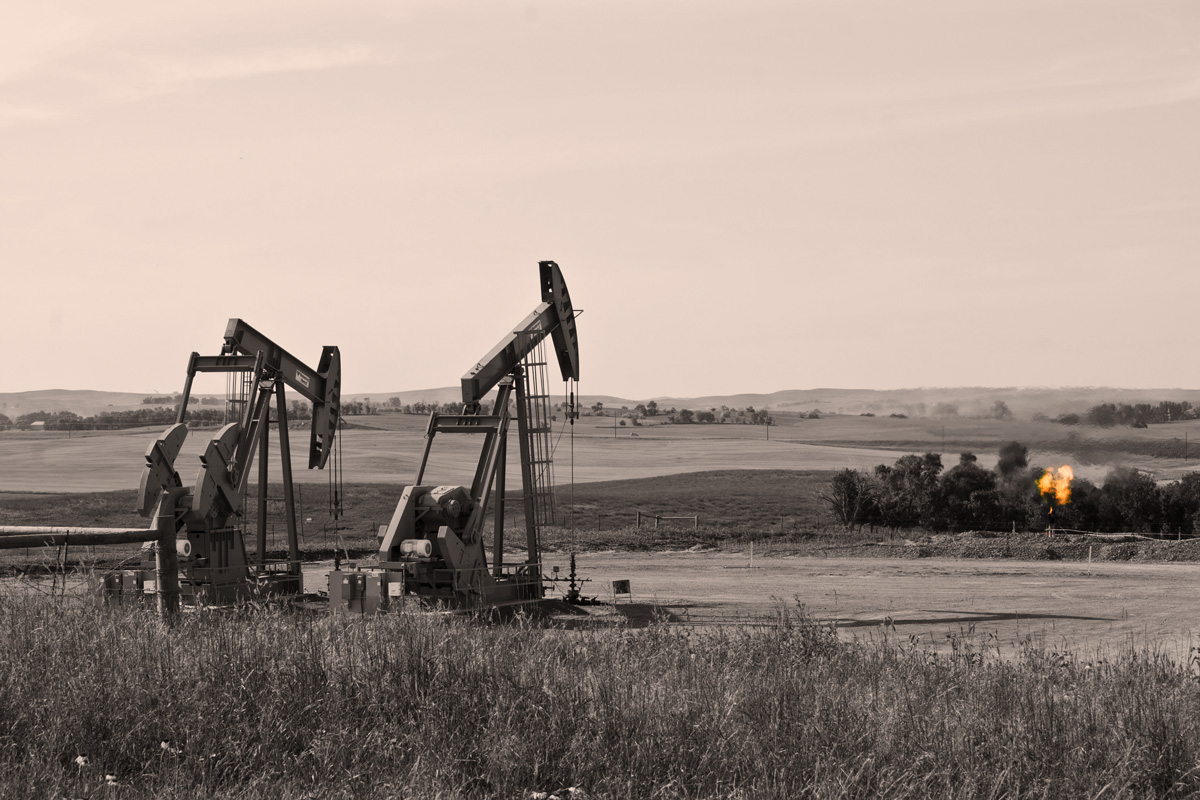Second wave of the shale oil revolution
Saudi Arabia would like oil prices to climb to the level of USD 60 per barrel, according to sources within OPEC, quoted by the international press in early March. With an increase of approximately 40% last year, and traded in early March at around USD 53 per barrel, the oil prices are already very close to the threshold target; according to the same sources, the price of USD 60 per barrel is considered by Saudi Arabia and its allies to be high enough to encourage investments in developing new wells, although still too low to stimulate the production of shale oil in the US.
The reality is different. The drop-in oil prices to lows near USD 30 per barrel in early 2016 did not destroy the shale oil industry in America – as OPEC members and the oil producers outside OPEC had wanted; on the contrary, it stimulated it to identify and implement techniques and technologies to get maximum results in terms of efficiency and cost reduction. Many transactions completed during the past two-three years, amid falling oil prices, have enabled not only a rapid transfer of assets and the restart from zero (in terms of debt) for many blocks not yet in production. Hence, the upward trend in oil prices in the past 12 months has brought about a serious infusion of cash in the accounts of market operators; the confirmation of prospects in terms of price increase have given a strong boost to the interest in implementing new operating drilling wells in the field.
At least that’s what the figures are saying. Thus, at the end of January 2017, according to statistics published by Baker Hughes (one of the world’s largest oilfield services providers), the number of drilling wells for oil and gas in the United States increased by about 70% (by 290) against the lows recorded in late May 2016 – and 235 of the 290 wells were drilling for oil. The number of drilling wells for oil is rising for the first time from year to year since January 2015 – and the increase of drilling wells already seems to lay the foundation of a new wave of production growth!
According to the US Energy Information Agency estimates, the shale oil production will reach in March 2017 a level of 4.87 million barrels per day – the highest level since October 2016. We are talking about an increase that seems to be just the first phase of a second wave of the shale oil revolution. A wave that has all the prerequisites to get seriously amplified: on one hand the players have become significantly more efficient than during the peak of the industry, during 2011-2015 – what we might call ‘the first wave’ of the shale oil revolution; and secondly that, according to an analysis by The Wall Street Journal earlier this year, the shale oil producers have significantly increased their drilling budgets for 2017.



